The canon EF 100mm f/2.8 USM macro is my “bread & butter” lens. It was one of the very first lenses I purchased after buying a Canon DSLR body – it’s perfect for the macro watch photography I do professionally. It’s been an incredible lens for me, and for years, I couldn’t imagine it being any better.
Last year, Canon announced a new “L” series, upgraded version of their venerable 100mm macro prime lens – the Canon EF 100mm f/2.8L Macro IS USM. When I first read the announcement, I thought “Wow!! I’ve got to get that lens the first day it comes out! My watch photography will go to the next level with an L series 100mm macro lens!!” Then, I started to think about it some more – just how much could Canon improve on a prime lens? Both the old and new lenses are f/2.8, so no improvement there. So I began to be more than a bit dubious that the new L series 100mm macro would deliver appreciably better photographs. But before we get into image quality, let’s discuss the key differences between these two lenses.
As you can see in the above photo, the EF 100mm f/2.8L Macro IS USM is slightly taller than its predecessor. I didn’t look up the respective weights of these two lenses, but I couldn’t perceive a weight difference holding one in each hand. Canon usually beefs up the weather sealing on L series glass, and that’s evident here with this lens. But they’ve also added some technology – a hybrid lens stabilization (IS) system that compensates for both angular (rotational) and shift (linear) camera shake. With the IS system, you get about two full stops of correction – essentially you can get a sharper photo with less light than you can without the IS system.
Of course the best way to determine the image quality between these two lenses was do some test photos. I took the watch I happened to be wearing off my wrist, and put it in my light box, and set up my Canon 7D on my tripod. I took three separate shots, each getting progressively closer in shooting distance to the test subject (my watch). Each shot I took twice – one with the 100mm, and one with new L series 100mm. Here’s the shots:
These shots are essentially straight out of the camera – all shot at f 8.0. For the sake of consistency and ease of comparison, I pulled out the crown on the watch, freezing the second hand and keeping the time from advancing. Incidentally, you may notice a bit more of the watch is in frame with the L series test shots – I noticed this too. Then I realized this was being caused by the difference in length between these two lenses.
If you’re not seeing much difference between these shots, there’s a very good reason as to why – there’s not much difference between the shots. Seriously. I can’t see any appreciable difference. For fun, I decided to take a crop from both of the #3 test shots above of the Rolex crown and logo on the dial, to compare the image quality:
Only at this level of crop magnification do we begin to see a perceptible difference in the image clarity between the two lenses. The L series crop is less blurry than the non-L series version. But not by much. It’s worth noting too that the RAW image files from L series 100mm macro were consistently larger than those coming from the non-L series 100mm macro – anywhere from .5 mb to 1.5 mb larger. This seems to suggest the L series lens is transmitting more information to the sensor. But again, it really didn’t seem to impact overall image quality substantially.
In terms of cost, there is a substantial difference between these two lenses – about $500.00 for the Canon EF 100mm f/2.8 Macro USM vs. about $1000.00 for the Canon EF 100mm f/2.8L Macro IS USM. The image stabilized 100mm L series macro is, I’m sure, well worth the price of admission for “bug shooter” – those who enjoy out insect photography. The improved dust and weather sealing of the L series construction, and the stops gained from image stabilization are both invaluable assets to those who do hand-held insect and nature photography. For me however, the benefits offered by the Canon EF 100mm f/2.8L Macro IS USM over non-L version are practically non-existent. My EF 100mm f/2.8 Macro USM never leaves my studio, so I have no need for the more robust construction of the L version. And my watch photography is always done on a tripod – so I gain no benefits from image stabilization either. With a bare perceivable difference in image quality between the two lenses, I see no compelling reason for me to upgrade.
Interesting, at the time of this writing, Canon no longer lists the EF 100mm f/2.8 Macro USM in the website catalog. Which is a shame because it’s one of the best “bang for the buck” lenses you can buy – the image quality never fails to impress. So if your primarily an indoor macro shooter, you might want to snag one of the non-L 100mm macro lenses while you can.
-John

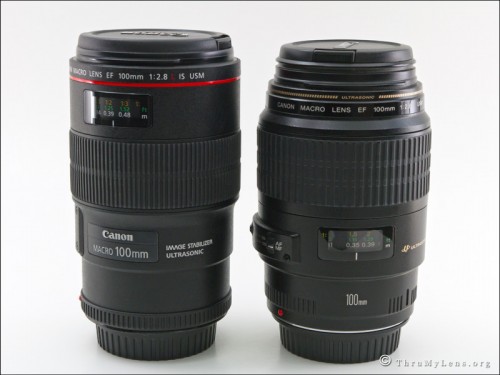
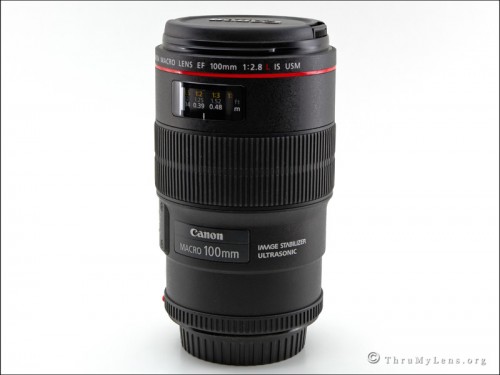
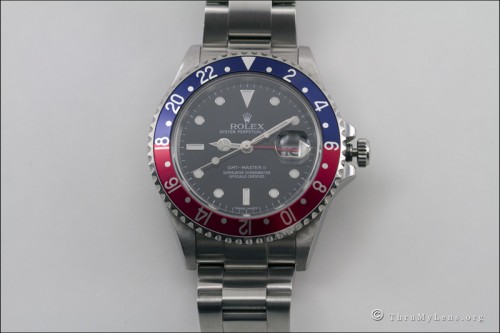
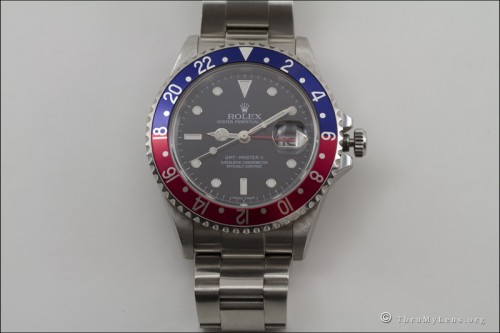
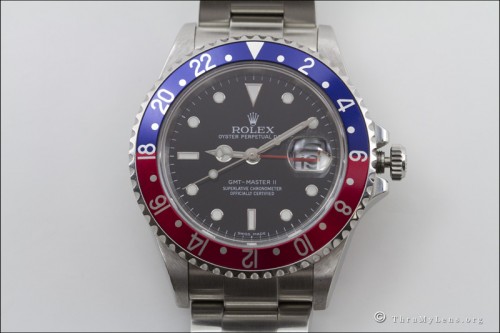
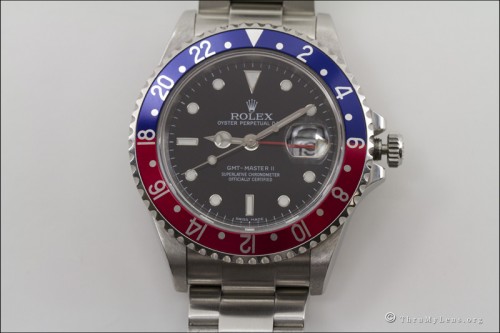
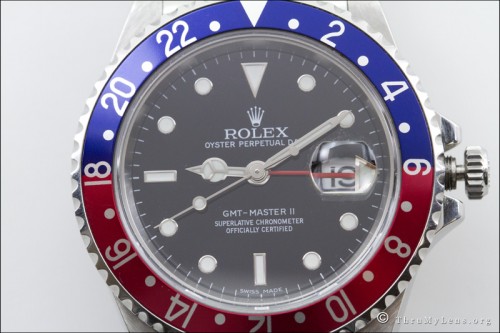
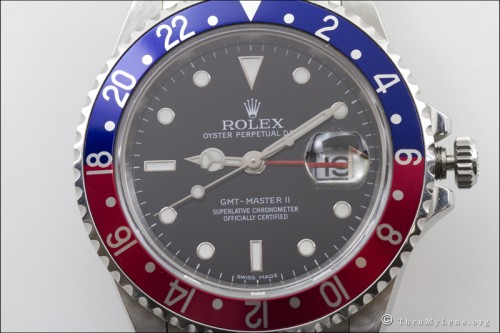


Hi, I need advice from you, I’d been using a borrowed compact macro and somehow didn’t pay attention so I thought when I ordered the 100mm IS version, it would be the same size. I was surprised needless to say.
Here is the thing though, it seems like my pictures were clearer with that lens! Especially when I take pictures of dragonflies, the 100mm IS wants to focus on the branch and the leaves, and not on the insect! So then I have to focus manually, which I suck at. Any ideas? Thanks!
Great review!
Hi Christie!
There are a few possible explanations for what you were seeing, and in many cases you do get better results manually focusing with this type of macro work. What camera body are you using? You might try a different auto focus setting – my 7D has a zone auto focus which I would think would work better than the single point or even 19 point setting for shooting “bugs”
Hello there,
I would like to consult you which is a better macro lens between these two:
1) Canon 100mm Macro USM (non-L version)
2) Sigma 150 mm Macro HSM
Hi Sonny – it would be helpful to know what kind of photography you intend to do, but the Canon would be my personal choice.